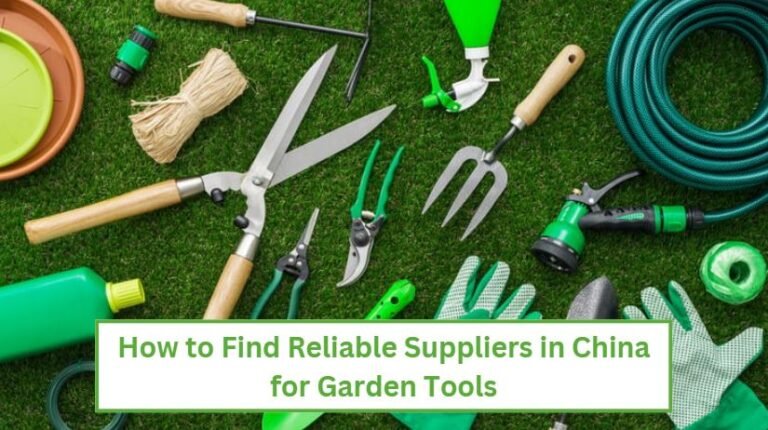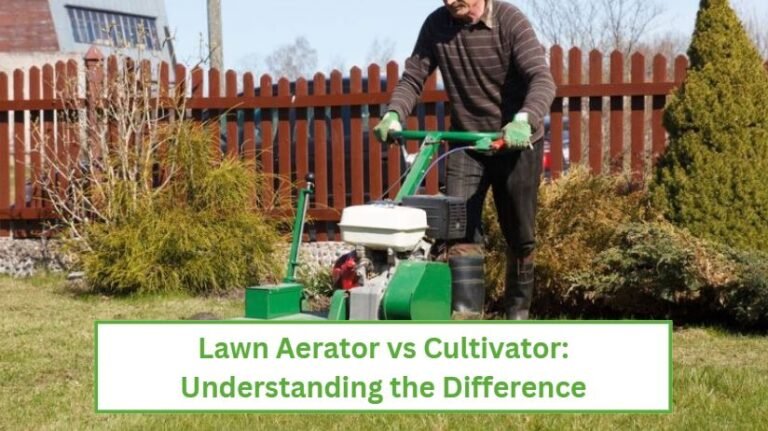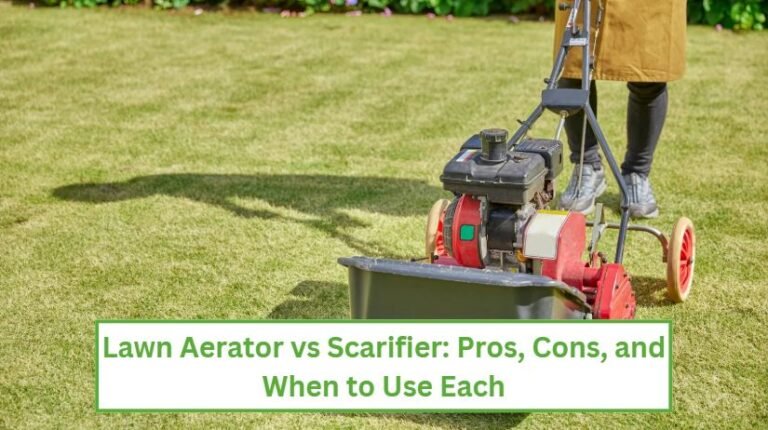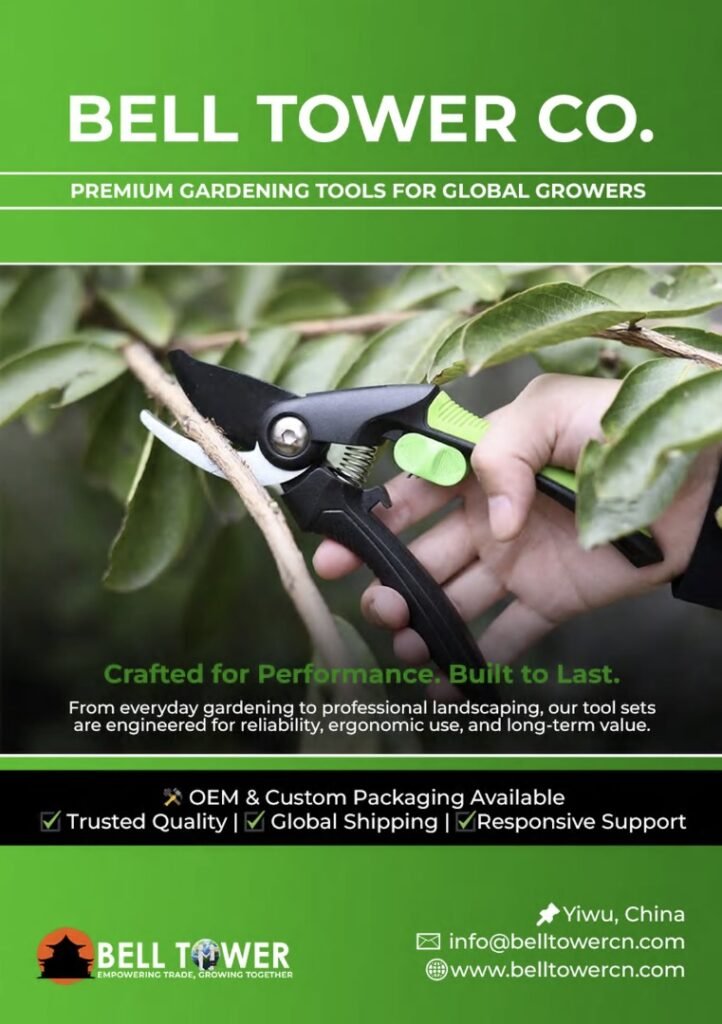A thick, green garden isn’t only about the looks; its health matters too. Strong grass can better fight against weeds, diseases, and recover faster from heavy foot traffic and heat.
However, every lawn experiences wear over time. Soil compacts, roots weaken, and grass thins out! And that’s where aeration and overseeding can be so helpful.
Think of these two gardening activities as a reset button for your lawn. Aeration opens the soil, so the air, water, and nutrients flow easily. Overseeding fills in the spots and boosts growth with fresh seeds.
Together, these techniques can transform a tired yard into the kind of lush, carpet-like lawn everyone wants to walk barefoot on.
Let’s break it all down, from what these techniques are to why they matter, to how to do them right.
What Is Aeration?
We’ll start with aeration. It’s a simple process of punching holes in the soil to relieve compaction. Over time, foot traffic, mowing, and even rainfall can press the soil so tightly that the roots don’t get the three main ingredients for healthy growth:
- Water
- Oxygen
- Nutrients
And when that happens, your grass struggles to grow, and the weeds or moss take over your garden.
Aeration creates these small holes and gives your lawn room to breathe again. The result?
- Roots can grow deeper
- Water can penetrate more effectively
- Fertilizer can reach the places it needs to reach
Signs Your Lawn Needs Aeration
- Water puddles on the grass after it rains
- Soil feels hard or dry despite watering
- Grass is thin, patchy, or turning brown
- You struggle to push a screwdriver into the ground (a simple compaction test)
If you notice any of these signs, it’s probably time to aerate your soil.
What Is Overseeding?
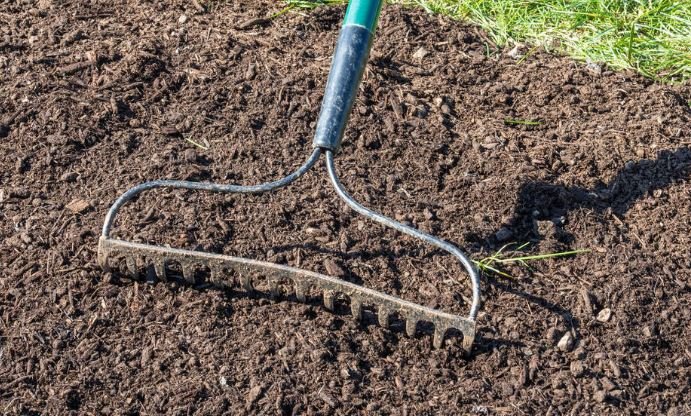
It’s a simple process of spreading new grass seed over an existing lawn. With overseeding, you don’t have to start from scratch; you’re adding seed to what’s already there.
This thickens the turf, fills in bare patches, and introduces newer, more resilient varieties of grass.
As a result, a denser, greener lawn appears that’s more resilient against drought, pests, and diseases.
Overseeding also makes it hard for weeds to grow as thick, healthy grass leaves little space for them.
Signs Your Lawn Needs Overseeding
- Bare patches or thinning areas
- Grass that looks weak or faded
- Weeds creeping in
- Your lawn isn’t as lush as it used to be
If your lawn looks tired no matter how much or often you fertilize or water it, overseeding is probably the best fix.
You May Also Like: Gardening with Arthritis (What Tools and Techniques to Use)
Why Aeration and Overseeding Work Better Together
Aeration and overseeding work hand in hand. In fact, without aeration, overseeding is like trying to plant seeds on concrete.
A few might sprout, but most won’t.
On the other hand, aeration without overseeding is more beneficial; it helps your existing lawn, but it won’t fill in the weak spots.
Combining them gets you the good of both worlds:
- Aeration opens the soil, reduces compaction, and paves the way for overseeding
- Overseeding fills in those holes with new seed. Direct soil contact leads to better germination
When to Aerate and Overseed
When it comes to aeration and overseeding, timing is everything.
- Cool-season grasses (like fescue, ryegrass, or Kentucky bluegrass): The best time for both processes is early fall. Soil is still warm from summer, which helps seeds germinate. Cooler temperatures reduce stress on new seedlings. Spring is your second-best option
- Warm-season grasses (like Bermuda, Zoysia, or St. Augustine): To grow these grasses, aim for late spring through early summer. Warm soil helps seeds sprout quickly
However, no matter the grass type, you want to avoid the excessive heat of midsummer and the extreme cold of winter.
Step-by-Step Guide: How to Aerate and Overseed Your Lawn
Here’s a simple and practical breakdown you can follow:
1. Prepare Your Lawn
- Mow short: Start by trimming your grass down to about 2 inches in height. This helps seeds reach the soil and prevents tall grass from blocking sunlight
- Rake debris: Next, remove leaves, sticks, or dead grass, as clean surfaces make aeration and overseeding more effective
2. Aerate
- We recommend using a core aerator. It pulls plugs of soil out of the ground, unlike a spike aerator, which just pushes soil around
- You can rent an aerator for small yards, but if you want a long-term, reliable option, try something like this one
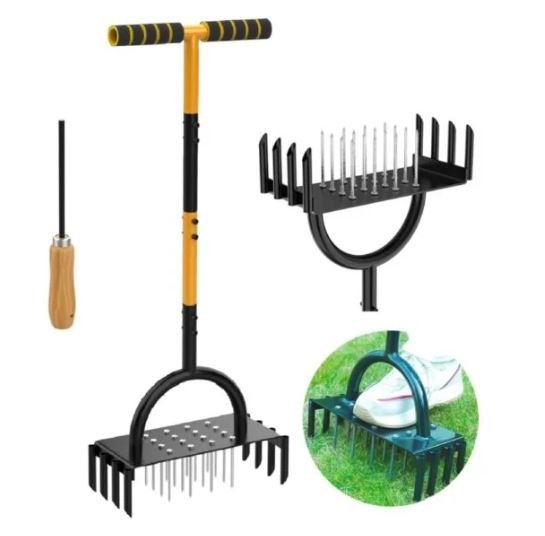
3. Spread Grass Seed
- Next, use a seed blend that matches your region and type of grass.
- A broadcast spreader helps you cover the soil evenly. Follow the recommended seeding rate on the package
4. Fertilize
To give the new seedlings the nutrients they need, apply a starter fertilizer that’s rich in phosphorus. High-nitrogen ones can burn new grass, so avoid them in the beginning.
5. Water Properly
- Lightly water right after seeding
- Keep the top inch of soil consistently moist until seeds sprout. This usually means watering lightly once or twice a day for the first 2–3 weeks
6. Follow Up
- Avoid mowing until new grass reaches about 3 inches tall
- Limit heavy foot traffic while the new grass establishes itself
- Continue with a regular watering and fertilizing schedule to keep growth strong
Long-Term Benefits of Aeration and Overseeding
When you make this combo part of your lawn care routine (ideally once a year), you’ll notice:
- Thicker, greener grass
- Stronger, deeper roots
- Better drought tolerance
- Fewer weeds and bare spots
- Healthier soil that supports long-term growth
You May Also Like: Best Gardening Tools for Elderly Gardeners
Aeration and Overseeding: FAQs

What is the Best Month to Aerate and Overseed?
Early fall is the best time to aerate and overseed. The soil is still warm, which helps seeds germinate quickly. Plus, the new grass is less stressed in cooler temperatures.
Is Aeration and Overseeding Worth It?
Yes, both are worth it. Aeration opens up compacted soil, allowing roots to grow deeper, while overseeding improves your lawn’s health and appearance.
What are the Drawbacks of Aeration?
Aeration requires special equipment, so cost is probably the biggest drawback. Plus, it may temporarily make your lawn look messy with soil plugs. But the benefits almost always outweigh short-term drawbacks.
How to Prep Your Lawn for Aeration?
Start by cutting your grass shorter than normal. Water the soil 1 – 2 days before the procedure so that the soil is soft but not muddy. Remove sticks, rocks, or debris so the aerator can move smoothly.
Final Thoughts
Aeration and overseeding are simple and powerful. Together, they can:
- Boost your soil’s health
- Strengthen the roots
- Create a thicker, greener lawn
If patchy grass, compacted soil, or endless weeds bother you, aeration and overseeding are the answer.
To make sure your garden gets the care it deserves, you only need to carry out these procedures once or twice a year.

